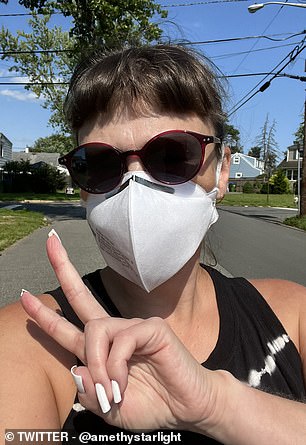For many Americans, the COVID-19 pandemic and the draconian lockdowns it brought with it seem like a thing of the past.
Biden declared the pandemic over last May, and it has not been seen as a major issue for voters since then.
But for some Americans, mask-wearing and social distancing never ended.
Sara Anne Willette of New Jersey has spent more than 1,600 days in isolation, rarely leaves her home and plans to further isolate herself in the countryside.
Due to her weakened immune system, she suffers from severe anxiety simply by walking down the street or going to the supermarket for fear of getting sick.
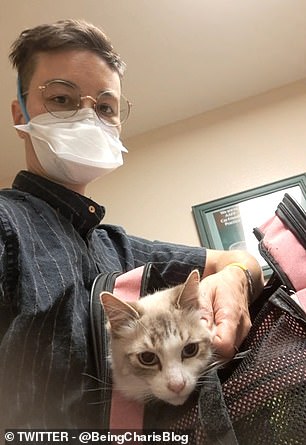
Sara Anne Willette (left) and Charis Hill remain isolated, wearing masks and social distancing four years after the Covid pandemic began
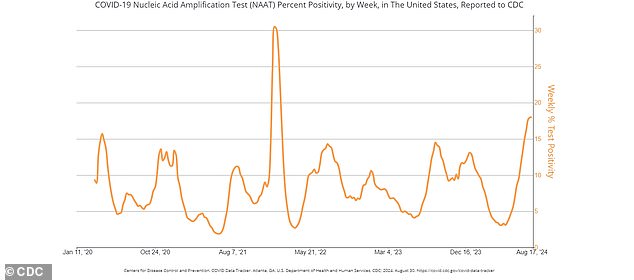
COVID-19 cases have been on the rise in recent weeks, which experts say is likely due to summer travel and gatherings.
She was already taking precautions like wearing a mask in public before the pandemic to avoid catching germs, but since March 2020… she took extreme measures.
Now, she and her husband are looking to move to the countryside to isolate themselves even more.
Charis Hill, a California resident with “high-level medical needs,” only breaks her quarantine once a month to gather with a group of friends who wear masks and maintain social distancing.
Hill, who uses “they” pronouns, believes the state’s proposed mask bans “make our existence unsafe.”
The concerns of both patients come as Covid cases are surging with back-to-school season, though deaths and hospitalizations remain at a record low.
Even with an increase, a recent YouGov poll found that only one in eight Americans still wears a mask. That’s a stark difference from the 90 percent who reported wearing a mask in the second half of 2020, as mask mandates have disappeared with each new vaccine booster dose.
Even before the pandemic, Ms. Willette remained vigilant in public because of common variable immunodeficiency (CVID), an immune disorder in which the body does not produce enough antibodies to fight infections.
The disease, which affects between 100,000 and 200,000 Americans, makes people more vulnerable to normally benign infections like the flu because of this lack of antibodies.
Since the pandemic began, Ms. Willette has taken isolation to another level.
When her family moved from Iowa to New Jersey for her husband’s new job, they insisted on driving at night to avoid gas stations and rest stops.
The family now plans to move to the countryside to further isolate themselves and maintain their strict health precautions.
Her hope is to return to gardening, running and drinking coffee on the porch.
He even plans to buy enough land so that other immunosuppressed people who are still isolated can live in a common space.
“It makes me angry that society is largely inaccessible and I have to risk my life for the bare minimum, like health care,” she said. ABC NewsWhy live in civilization if everything is completely inaccessible?
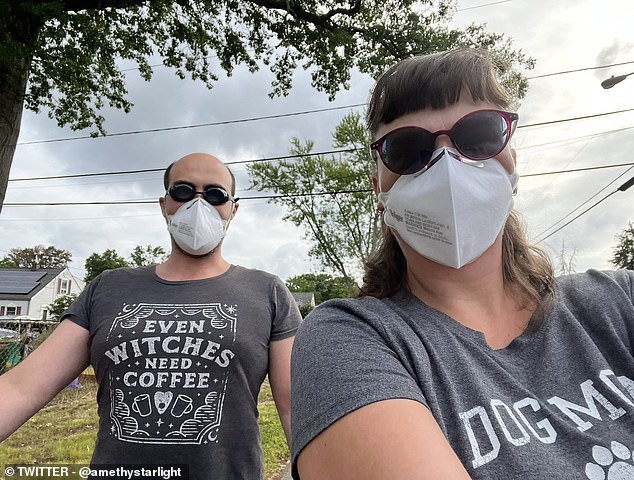
Ms Willette and her husband are planning to move to the countryside as they fear they will not be able to self-isolate properly in a more urban area.
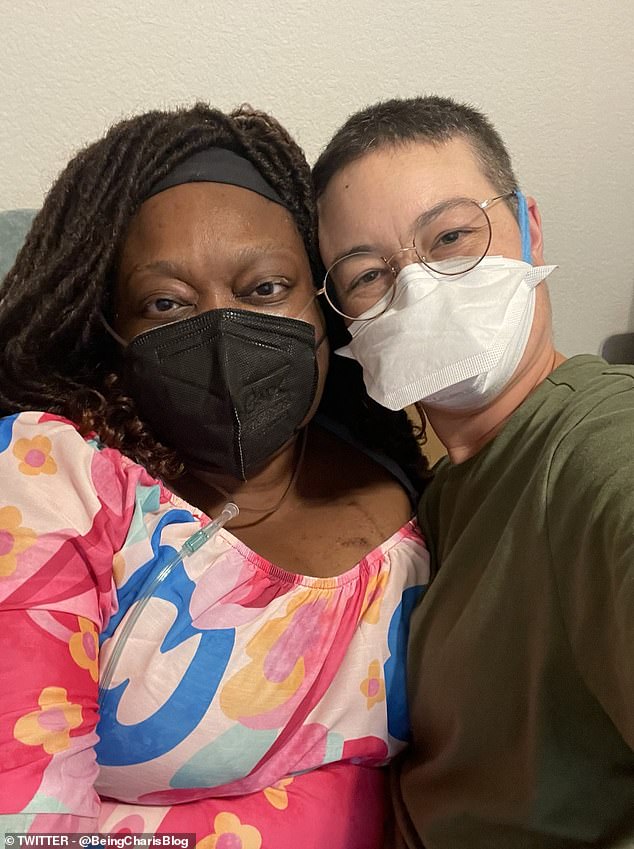
Hill, pictured here with friend Tinu Abayomi-Paul, only breaks isolation once a month to meet up with friends for a socially distanced, masked gathering.
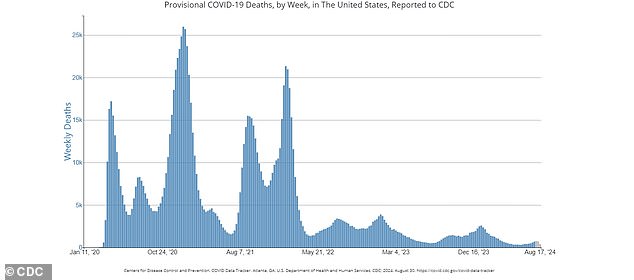
Despite a surge in cases, deaths remain at a historic low, CDC data shows
Charis Hill was diagnosed with a systemic inflammatory disease, which causes the immune system to overreact to mild viruses like the cold or flu, and takes immunosuppressing medications.
This is why people are afraid to go to the doctor, as it is no longer necessary to wear masks in waiting rooms.
“The very fact that a medical setting that is supposed to know what a virus can do, most medical settings no longer require masks, and that’s what makes it unsafe for people like me to go, for anyone to go,” they told ABC News.
When they break their isolation once a month, they do so in a park with friends who wear masks, maintain social distancing and test negative for Covid beforehand.
“That’s really the only way I can meet strangers and also make friends,” Hill said.
We need a new normal, a new normal that is equitable for all and that not only prioritizes high-risk people but also reduces infection overall.
About 8,500 reported positive Covid tests the week of August 17, the latest data available, a six-fold increase from 1,800 in May.
However, the rate is well below the peak of 300,000 in January 2022, when the Omicron variant was spreading.
This drop is likely due to vaccines and the herd immunity that has been generated thanks to many Americans having already been vaccinated.
The current hospitalization rate, about 10,300 people, is well below the peak of more than 100,000 in 2022, when the Omicron variant was spreading.
There were also 404 deaths the week of August 17, less than a third of the 2,500 recorded in January of this year.
In March of this year, the CDC dropped its requirement that COVID-19 positive patients isolate themselves for five days before returning to work or school if symptoms are mild (cough, fatigue, sore throat, among others).
These guidelines also apply to influenza and respiratory syncytial virus (RSV).
At the time, CDC Director Dr. Mandy Cohen said: “Our goal here is to continue to protect those at risk for severe illness while reassuring people that these recommendations are simple, clear, easy to understand and can be followed.”

